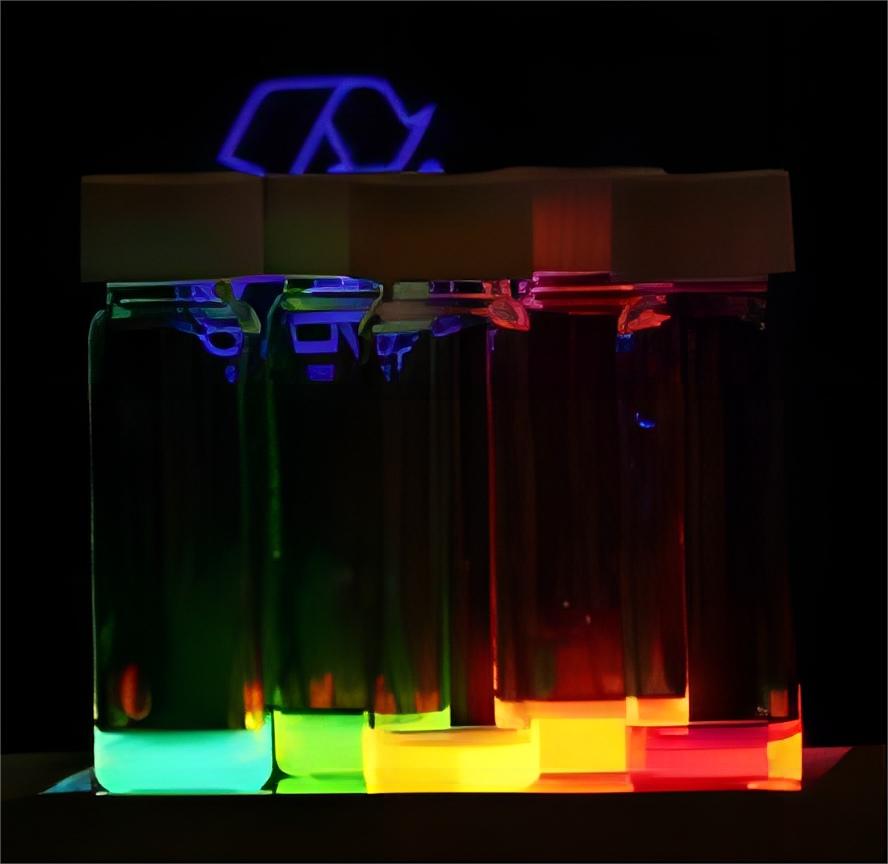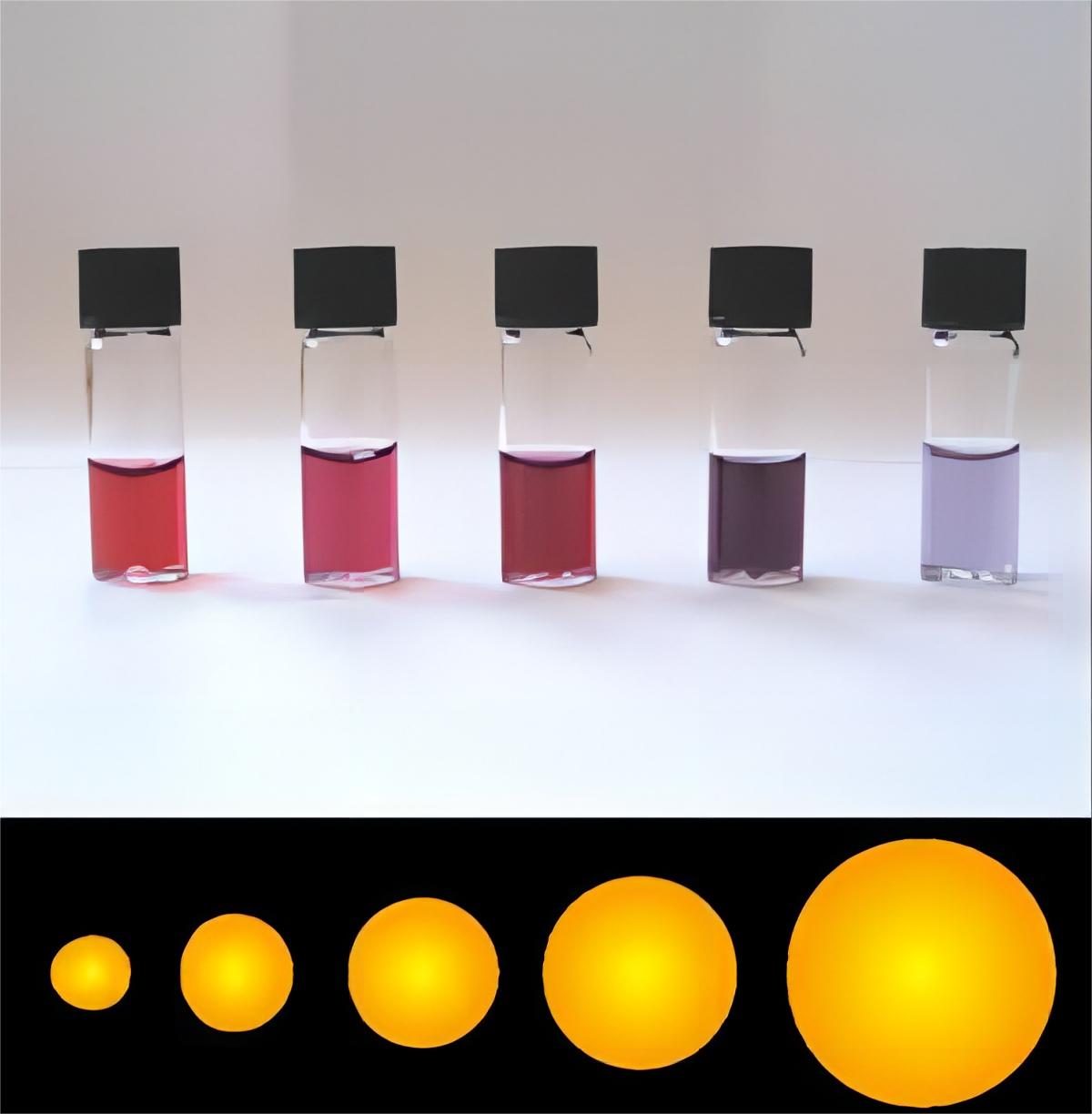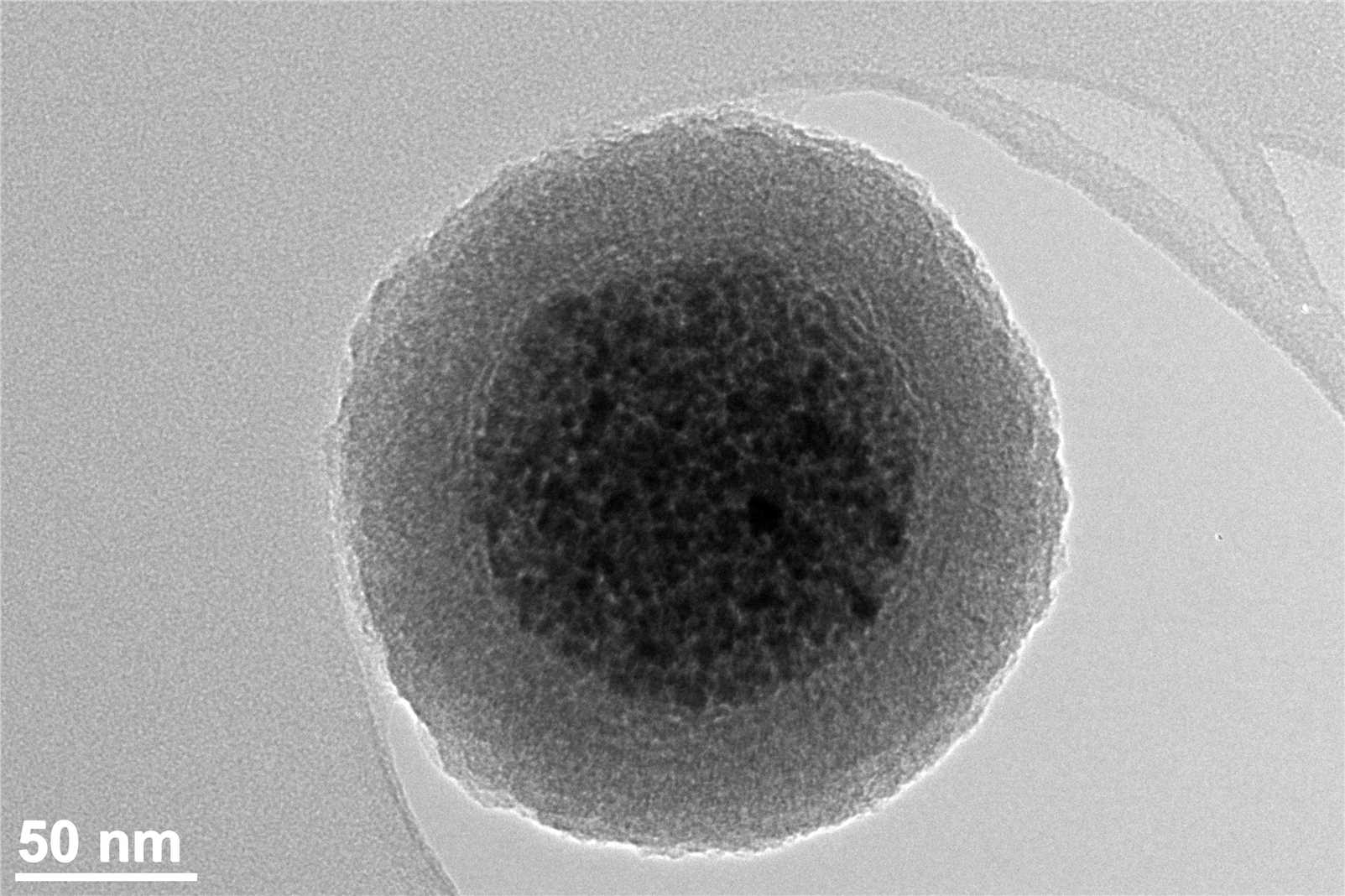Nanotechnology is beginning to allow scientists, engineers, chemists, and physicians to work at the molecular and cellular levels to get important advances in the life sciences and healthcare. The use of nanoparticle (NP) materials offers major advantages due to their unique size and physicochemical properties.
In vitro diagnostics (IVD) test is a crucial part of the clinical study. IVD involves a diagnostic test on biological samples from a living body, such as blood, urine, and tissue. These tests are usually performed to determine or confirm the presence of disease in an individual.
The increasing demand for IVDs with improved features is pushing the development of highly sensitive and convenient sensors. Tremendous progress has been made in the design of IVD tools using nanomaterials. Nanomaterials hold unique physicochemical properties that offer desirable and unmatched characteristics for chemical and biological detection, such as the significant surface area to volume ratio, strong signal intensities, and finely tunable surface chemistries. Quantum dots (QDs), gold nanoparticles (AuNPs), and magnetic nanoparticles (MNPs) are the most promising nanomaterials for in vitro detection.
Quantum Dots (QDs)

QDs are semiconductor particles with a few nanometers in size. When QDs are illuminated by ultraviolet (UV) light, an electron in the quantum dot can be excited to a state of higher energy. The color of light depends on the energy difference between the conductance band and the valence band. QDs can be used for cancer diagnosis and therapy with high specificity.
Gold Nanoparticle (AuNPs)

A gold nanoparticle, also known as colloidal gold, is a sub-micrometer particle created from gold. These nanoparticles, usually spherical or rod-like in shape, can be used in the medical and electron microscopy fields to help detect or destroy cancer, or to help in labeling with microscopy experiments.
Magnetic Nanoparticles (MNPs)

MNPs are of interest in numerous biomedical applications due to the intrinsic biocompatibility of some of their phases and their interaction with externally applied magnetic fields. MNPs can distort the magnetic field in their surroundings, forming the basis for enhanced contrast in magnetic resonance imaging (MRI).
Nanomaterials are increasingly used in diagnostic, imaging, and targeted drug delivery applications. Creative Biolabs is pleased to share our cutting-edge technology and extensive expertise to facilitate our clients’ diagnostics project development. We offer high-quality customer services to meet every specific requirement. If you want to know more information, please directly contact us.
References
- From Wikipedia: By Walkman16 - Own work, CC BY-SA 3.0, https://commons.wikimedia.org/wiki/File:QD_S.jpg
- From Wikipedia: By Aleksandar Kondinski - kondinski.webs.com, CC BY-SA 4.0, https://commons.wikimedia.org/wiki/File:Gold255.jpg
- From Wikipedia: By Marko Petek - Own work, CC BY-SA 4.0, https://commons.wikimedia.org/wiki/File:Maghemite_silica_nanoparticle_cluster.jpg
For Research Use Only.

